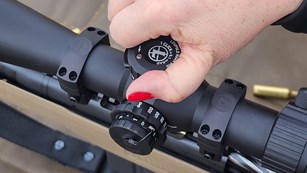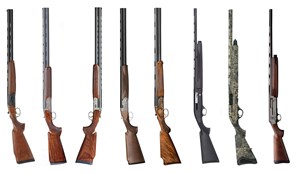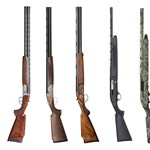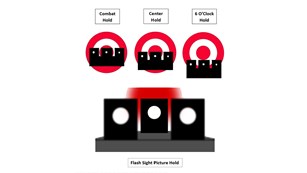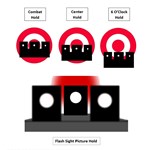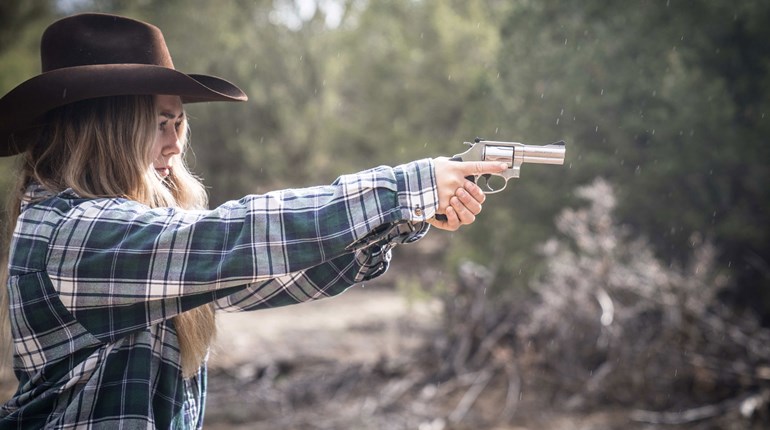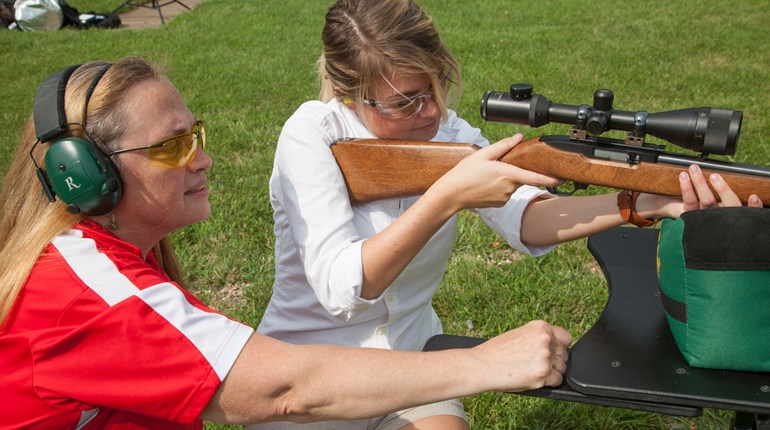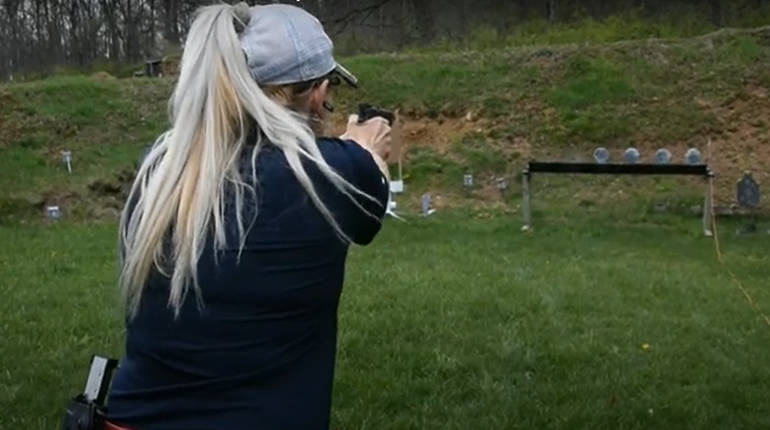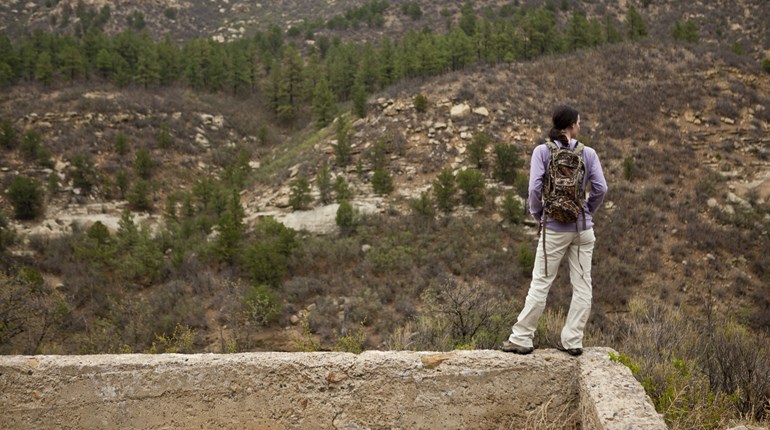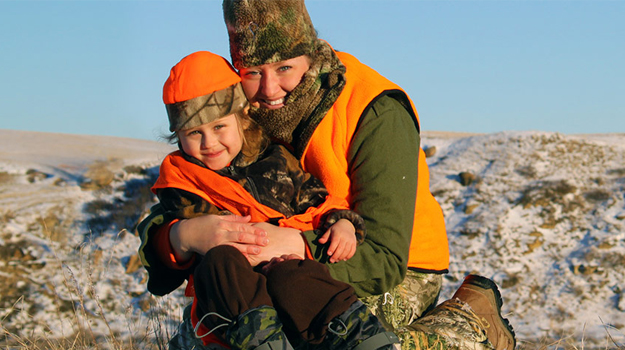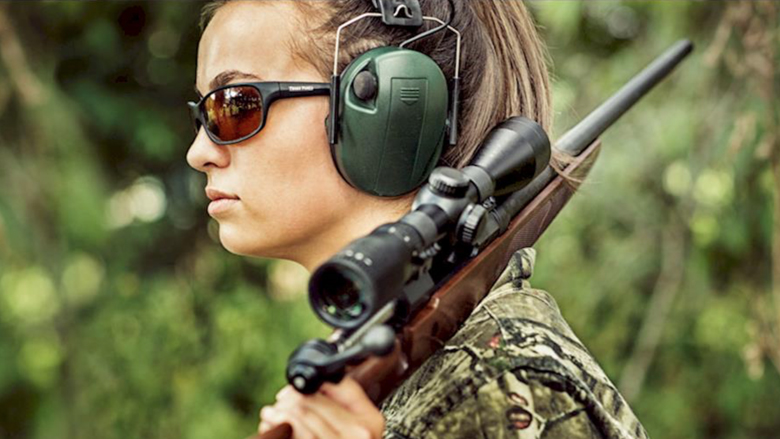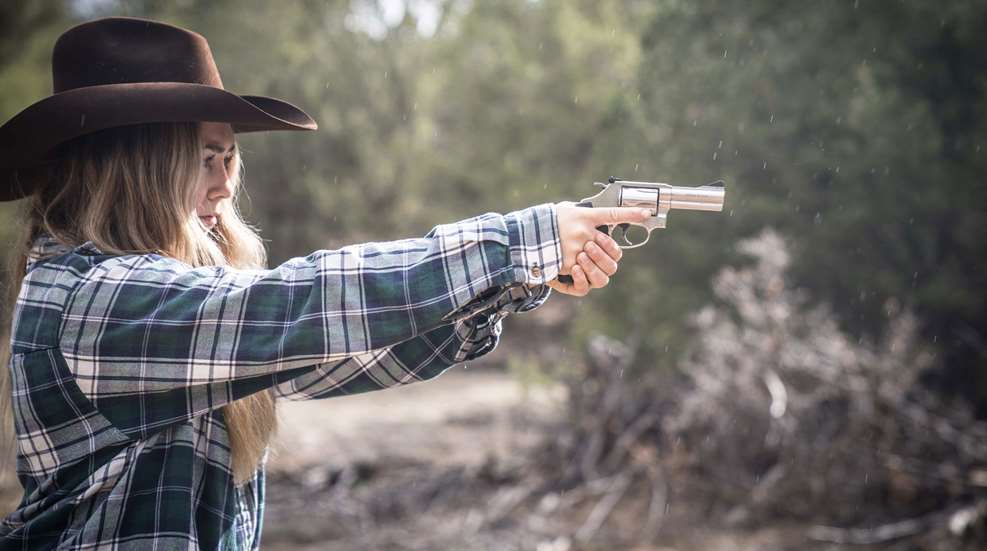
When it comes to the subject of revolvers as a concealed-carry or self-defense gun, people generally fall into two camps. One group believes that revolvers are so reliable and simple to use that they’re idiot-proof and therefore a great choice. The other group believes that revolvers are too difficult to shoot and suffer from limited capacity. The catch is that both groups are absolutely right.
See, revolvers are great for brand-new shooters and for well-trained, highly skilled shooters. They’re not so great for everyone in the middle—the vast majority of us. If we were to make a simple line graph with “experience of the shooter” on the horizontal axis and “is the revolver a good choice?” on the vertical axis, the curve of who should consider a revolver for self-defense would represent a U. Most of us in the middle of the U would be better served with a semi-automatic handgun for self-defense.

Revolver Ease of Use
When it comes to the manual of arms—how you load the gun and make it go bang—revolvers take the top prize for simplicity. There’s almost nothing to remember. Although most of us reading this have shot guns often enough that semi-autos also seem extremely simple, we forget that they do have more moving parts and more to remember when it comes to loading and firing. For the shooter who buys a gun, sticks it in her nightstand and shoots it once every three or four years, the revolver might make sense. She won’t shoot a gun often enough to really familiarize herself with it, so the revolver’s simplicity wins out in this case. (Note: We do NOT want you to be this kind of shooter; we encourage all gun owners to train and become familiar with their firearm. But it’s a reality that this kind of shooter does exist.)
Revolver Reliability
You’ve probably heard it said that “revolvers don’t jam,” and while this leans toward truth in most situations, it’s not the final statement on revolver reliability. Semi-automatic handguns are more prone to shooter error and to manual malfunctions; it’s true. If you don’t hold a semi properly, you can induce a jam. Mechanical errors, bad ammunition and manual obstructions (something gets in the way of your slide moving properly) can all cause malfunctions in a semi-auto, and with the exception of bad ammo, most of these aren’t nearly as much of a concern with a revolver. Score one for revolver reliability.
That said, revolvers are finely tuned machines. They run like a watch, and the timing, lockup and more all work together. If one little part gets out of tune or breaks, the whole thing goes down. That means that when a revolver does break in the middle of shooting, it’s often really broken in a way that you can’t tap-rack-bang your way out of like you might be able to do with a semi. Like gunsmith broken.
Like almost any firearm, revolvers need to be kept clean, lubricated and well-maintained to function reliably. It just so happens that this is easy to do for people who hardly ever shoot and kind of a pain (especially the well-maintained part, concerning parts replacement) for high-volume shooters. Fortunately, high-volume revolver shooters tend to know enough about their guns to keep them in good working order. Again, those of us in the middle, who shoot once a month or so but aren’t revolver experts, will eventually need some help replacing worn parts.
Revolver Shootability
This is where new shooters struggle and why I say revolvers are an expert shooter’s tool: While they’re easy to shoot, they can be really challenging to shoot well. This particularly applies to the short-barreled revolvers popular among concealed carriers, and even more so if they’re designed to be lightweight. They’re snappy and have a lot of recoil, and the short barrel demands a steady hand, a good grip, a solid trigger pull and great follow-through. Anything less and your shot can veer way off course outside a few yards. The recoil makes them unpleasant for new shooters, even being painful for the hands (particularly if your grip isn’t firm and consistent), and it also makes it more challenging to get back on target for a follow-up shot if one is needed.
In addition, most revolvers for self-defense are double-action, which means that the trigger pull has to do two things: Pull the hammer (internal or external) back and drop the hammer forward to fire the gun. This makes the trigger pull sort of long and heavy—which is great for safety but not exactly conducive to great accuracy. Shooting a revolver well is an expert’s game.
Revolver Capacity
Revolvers for self-defense generally have a capacity of five to six rounds, while a semi-auto shotgun of comparable size can hold many more. Will five or six be enough for the defensive situation you’ll face? There’s no way to predict, but more is better, of course. If you do need more, revolvers aren’t exactly fast to load unless you carry speed loaders and are very well practiced in how to use them. While capacity is no substitute for accuracy, if you’re going to limit yourself to five or six rounds, you’d better be very confident that you can put those rounds exactly where you want them—every time, under stress, with a gun that’s difficult to shoot accurately. A very experienced and well-trained shooter can overcome this, again making the point that the revolver is an expert’s gun.
The U-Shaped Curve
So as we can see, revolvers have a lot going for them when brand-new shooters are concerned, but they also have some considerations that make them really great only for very experienced shooters.
Their ease of operation and subsequent lack of intimidation make revolvers a great choice for the brand-new shooter or the gun owner who buys a gun never really intending to use it unless they must. The revolver’s tendency to run with less-than-perfect form without jamming also puts them solidly in the new-shooter category.
On the other hand, the fact that revolvers are difficult to shoot well and have a limited capacity to boot put them solidly in the expert-shooter category.
Most of us in the middle will be better served with a semi-automatic for self-defense.
